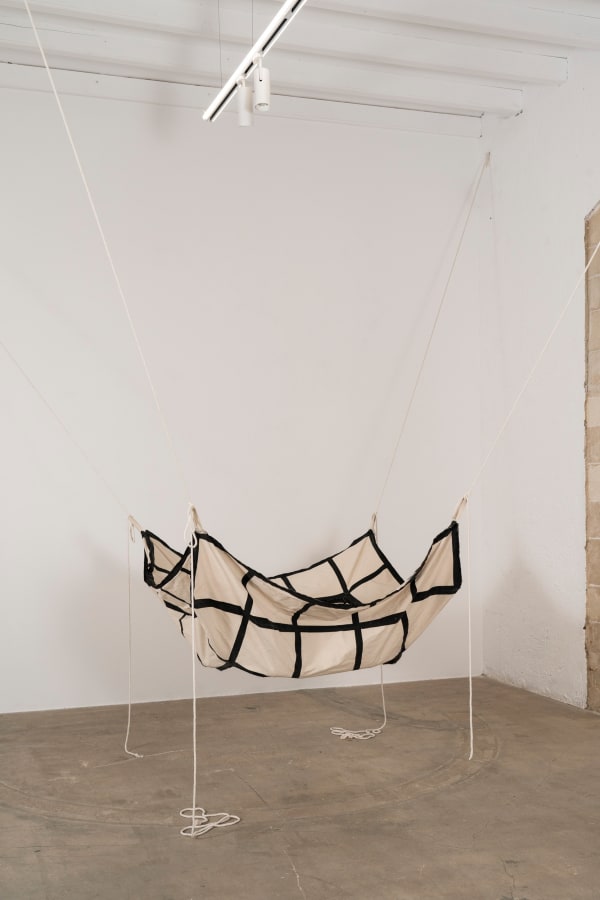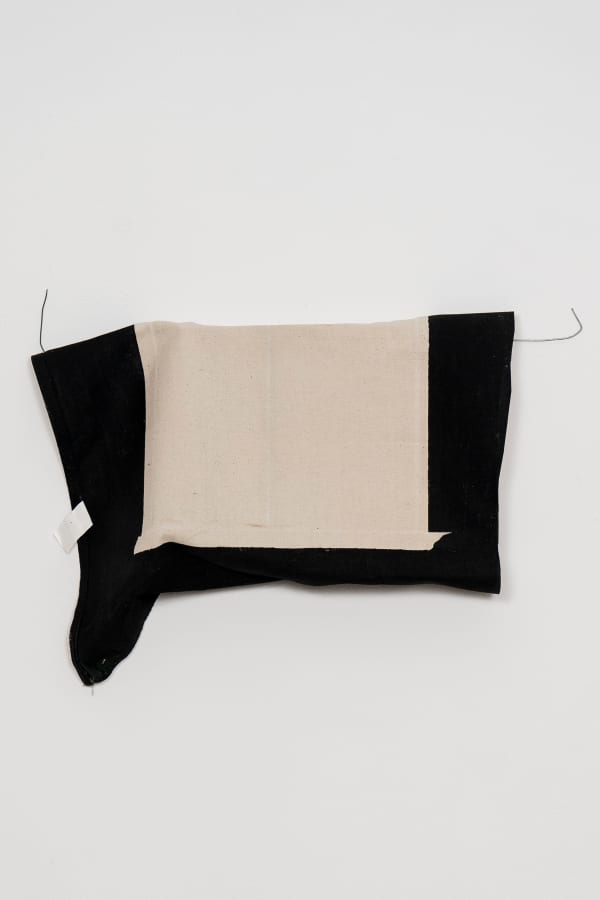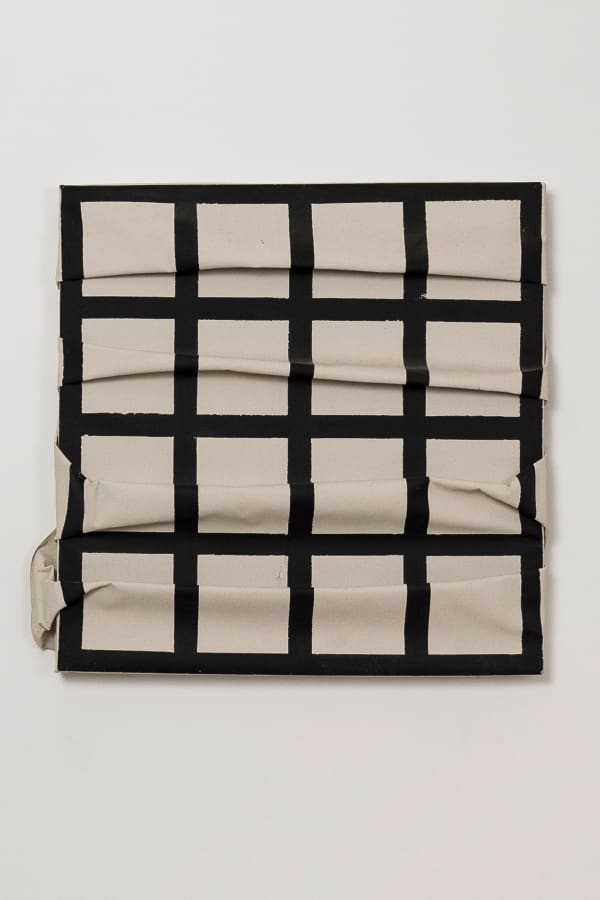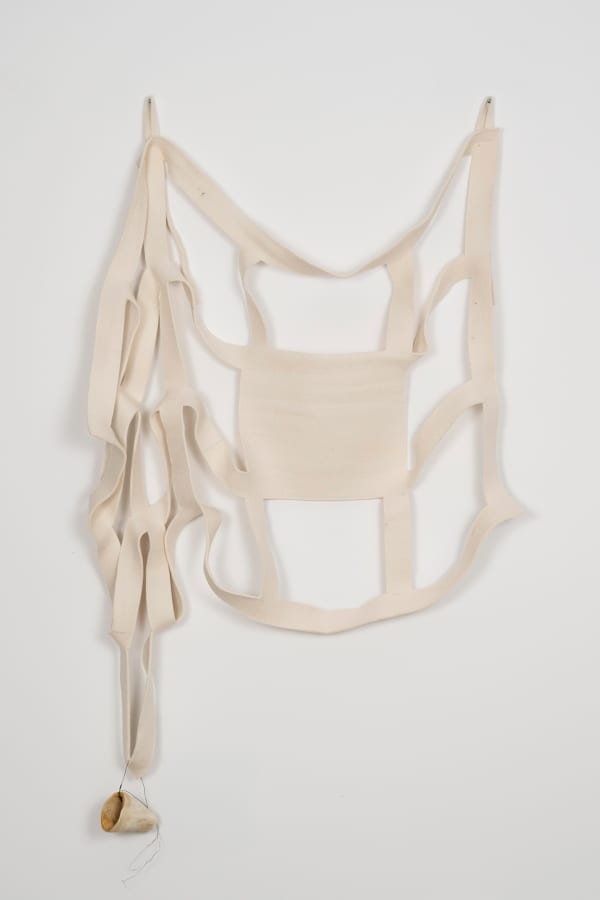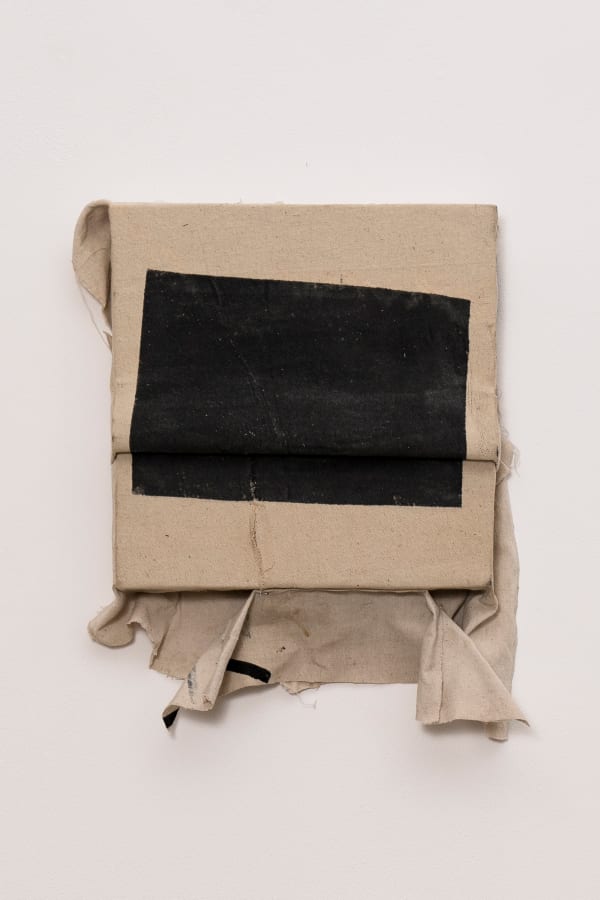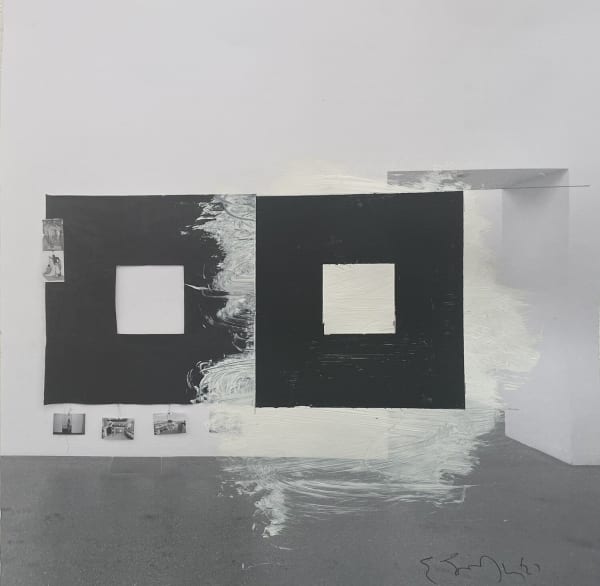La Razón del Coco: Eugenio Espinoza 1971/2023
Past exhibition
-
Eugenio Espinoza
La Razón del CocoCurated by Rolando J. Carmona
December 2nd 2023 –
February 3rd 2024Carrer Can Sanç 13, Palma
-
Baró Galeria is pleased to present the first exhibition in Mallorca of Eugenio Espinoza (Venezuela, 1950), one of the greatest artists in Latin American art today: La Razón del Coco, curated by Rolando J. Carmona.
His work, which is part of important collections such as the TATE Collection, MoMA NYC, Miami Art Museum or the Museum of Modern Art of São Paulo, could be summarized in one intention: "Tropicalize the grid", a way of operating where tropical chaos (called in this exhibition "La razón de coco") appropriates the aesthetic rationality prevailing in Latin American modernism of the second half of the 20th century.
La Razón del Coco
Text by Rolando J. Carmona
Eugenio Espinoza (Venezuela, 1950) is a major artist of Latin American art. He is the author of one of the most sophisticated and sarcastic strategies of aesthetic resistance to the overwhelming and technological presence of the Latin American modernising project, developed during the 1950s and characterised by defining Kineticism and Geometric Abstraction as the triumphal arts of oil-producing Venezuela.His aesthetic logic could be summarised in one intention: "Tropicalise the grid", a way of operating where tropical chaos (called in this exhibition "La Razón del Coco") appropriates the rationality and aesthetic autonomy of geometric abstraction, proposing to rethink the pictorial plane, its container and the relationship with space. The result is a sarcastic, rural abstraction, corrupted by tropical precariousness and Caribbean humour. Taking the form of flaccid grids that tremble, collapse, make coconuts levitate or simply block the viewer's passage into the room, like the mythical "Impenetrable" from 1972 (TATE Collection). An iconic work of contemporary Latin American art, it revealed the disconnection between this utopian and civilising ideal of participatory art and the reality of rural life in Venezuela in the 1970s, satirising the values of interactivity, universality and spirituality.Influenced directly by the seminar "Spatial Relations" given by Gego at the Neumann Institute of Design (Caracas, 1971-1977), Espinoza proposes to reverse the course of official modernism in the country, opening up unsuspected relationships between kineticism and conceptual art, where he explores how lines create surfaces, how surfaces create grids and how geometric structures seem endless, without beginning, without end. A unique experience that paved the way for a new understanding of modernism, from an alternative narrative to the preference for technology, emphasising the handmade as a vernacular, scientific way to reflect on kinetic art.The show releases to the market a series of historical works, such as a grid forced to fit inside a frame "Untitled" (1972-2010), and 12 Cocos, a reconstitution of a project made in 1971 for the first young artists' salon. Described by him as follows: "It immediately occurred to me to make three three-dimensional works, or installations as they are now called. I made some quick sketches of the three installations, 12 Coconuts, from the first second I visualised it as a three-dimensional square deformed by the weight of the coconuts". The result is a sort of flaccid grid that levitates like a hammock supporting the weight of the Caribbean.The selection also includes small-scale works on canvas and a new group of unpublished projects in which the artist projects fragile and ephemeral architectures based on the photographic records of his historical installations. An exciting conceptual process where his recent ideas parasite and resize the memory generating a work that is configured in three times: physical work, document and this kind of fictions from the memory.
Join us in this re-encounter with the work of Eugenio, the most vernacular, sophisticated and universal of the lovers of geometry in Venezuela. -
Space 1
-
-
Space 2
-
-
Video
